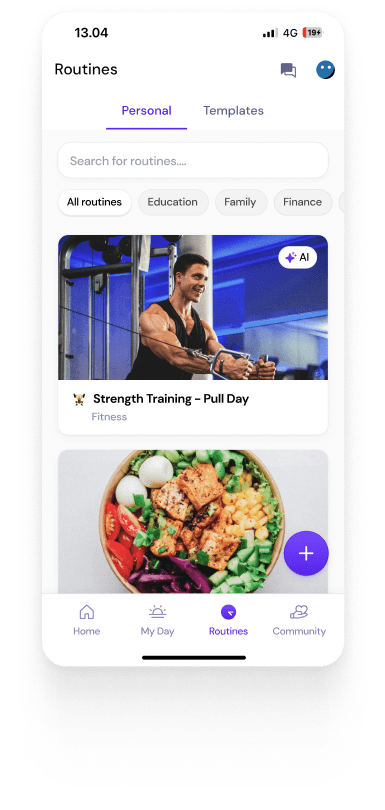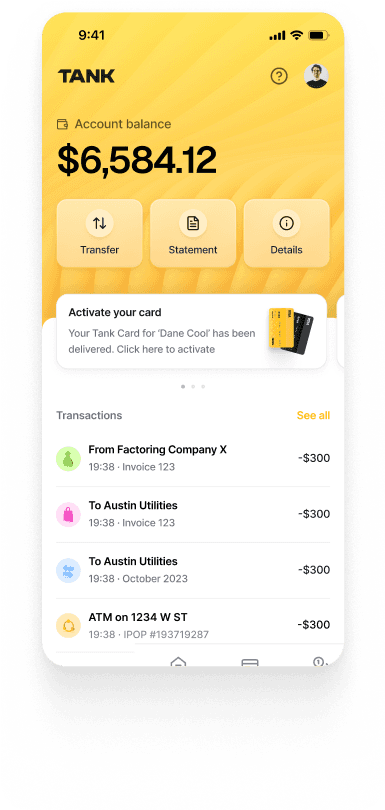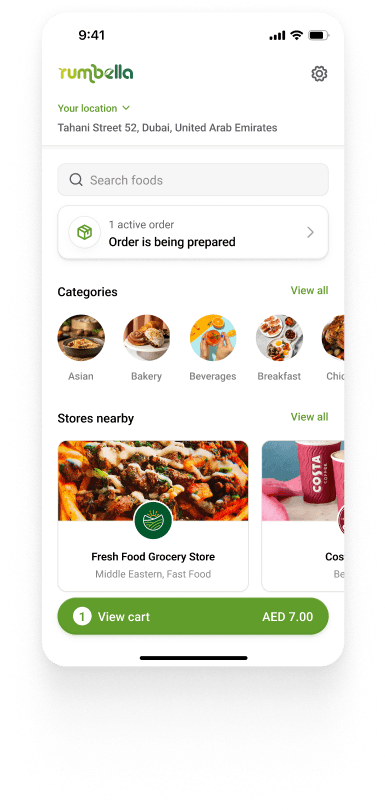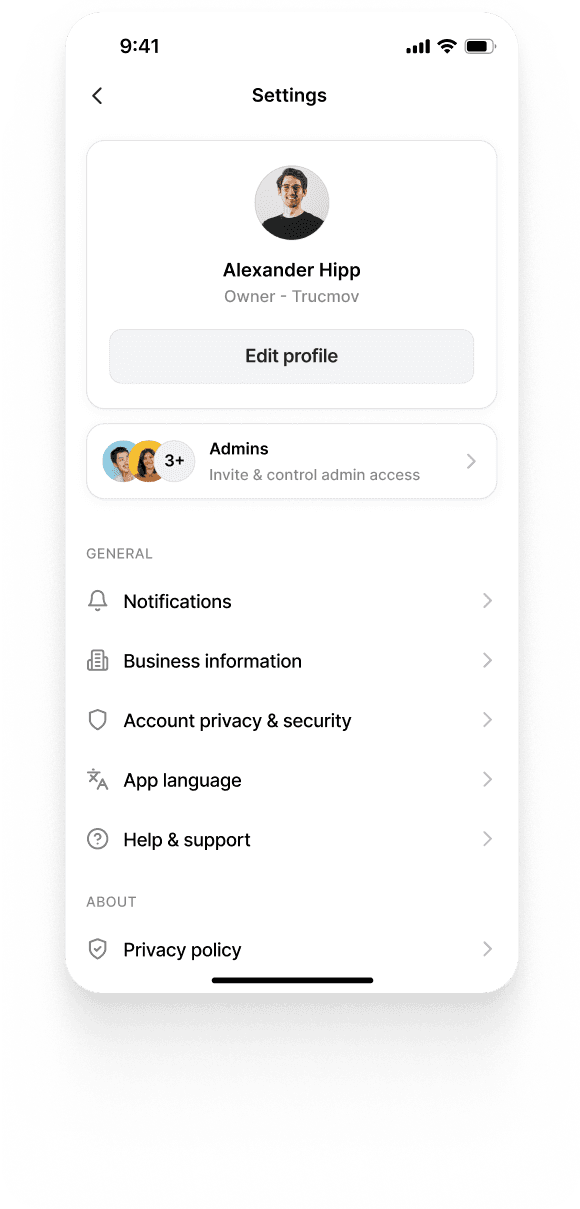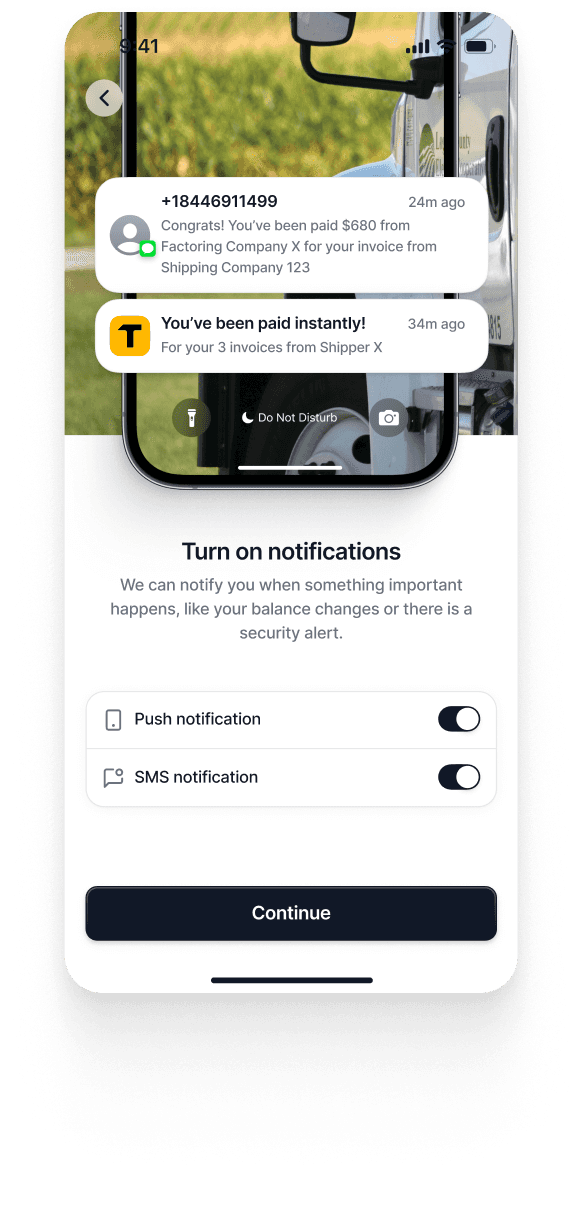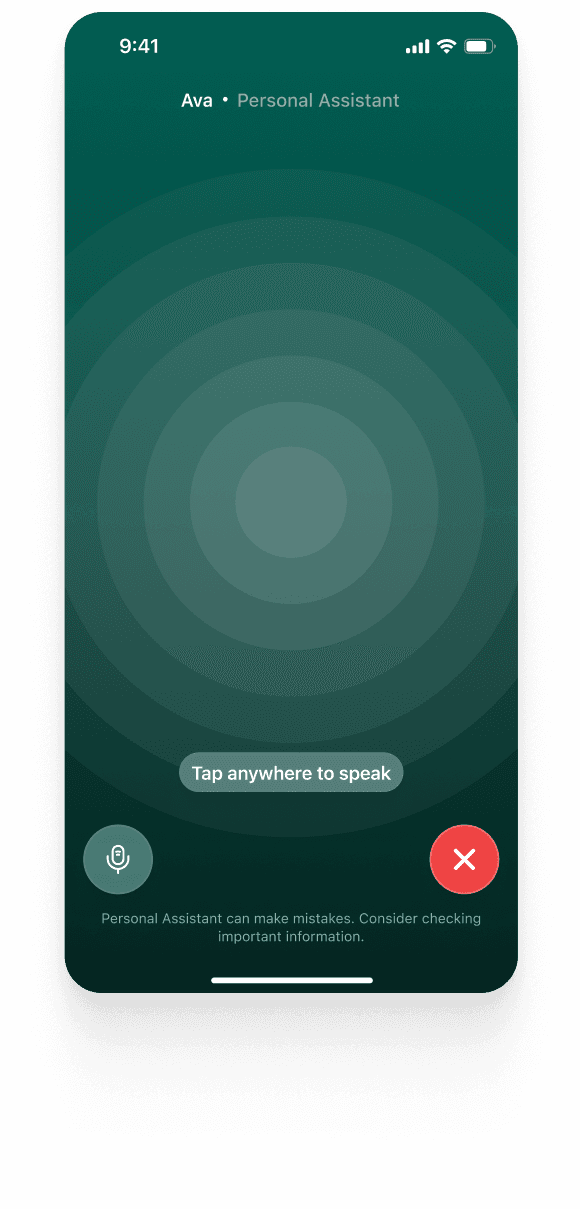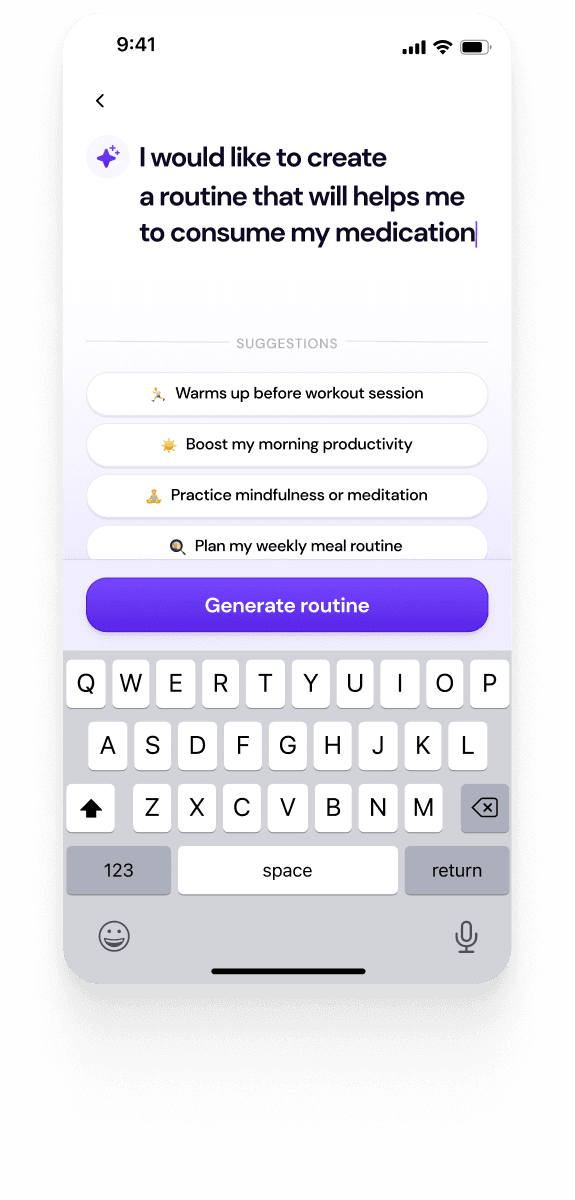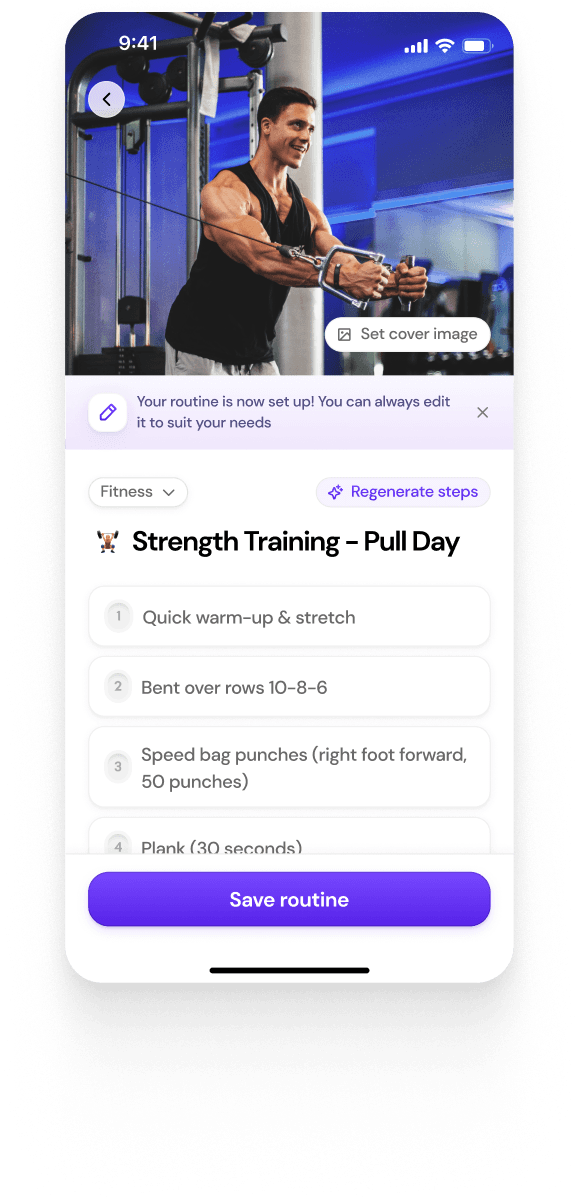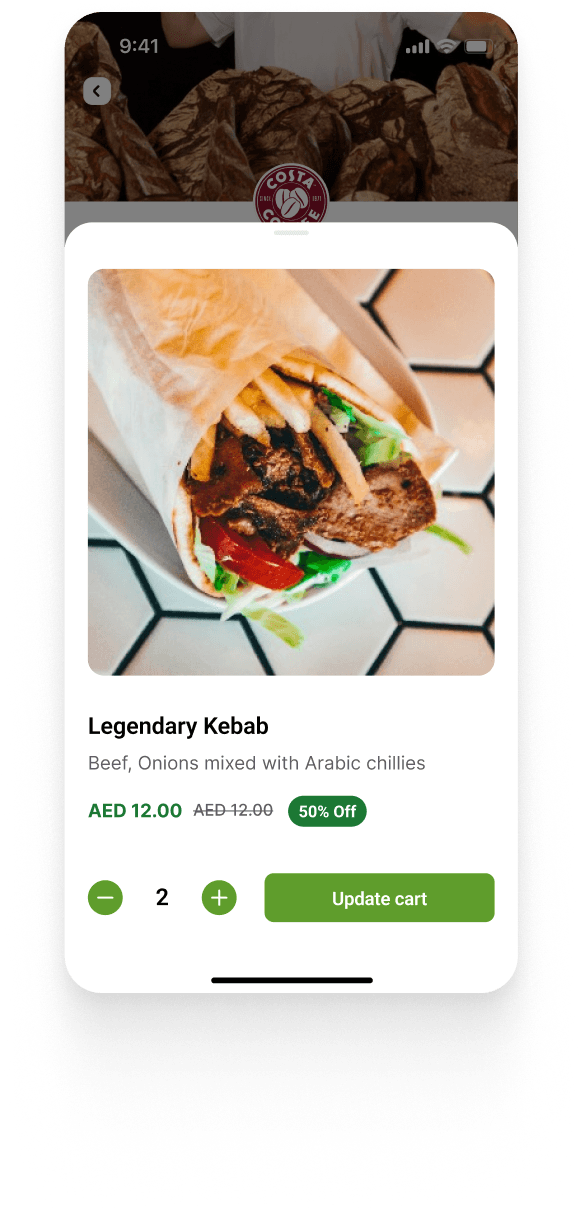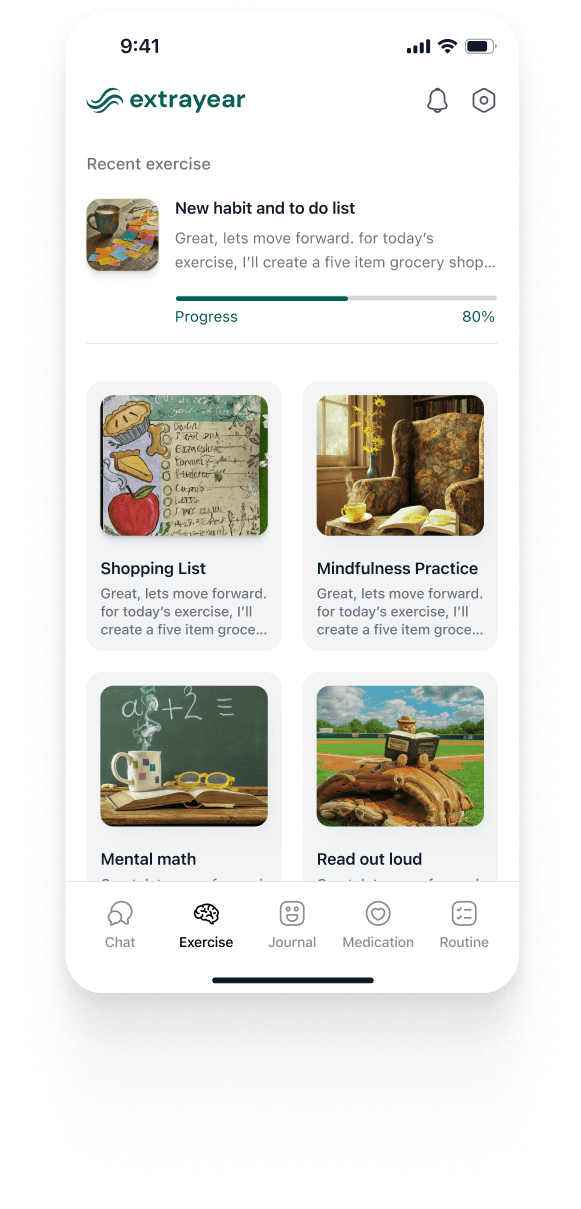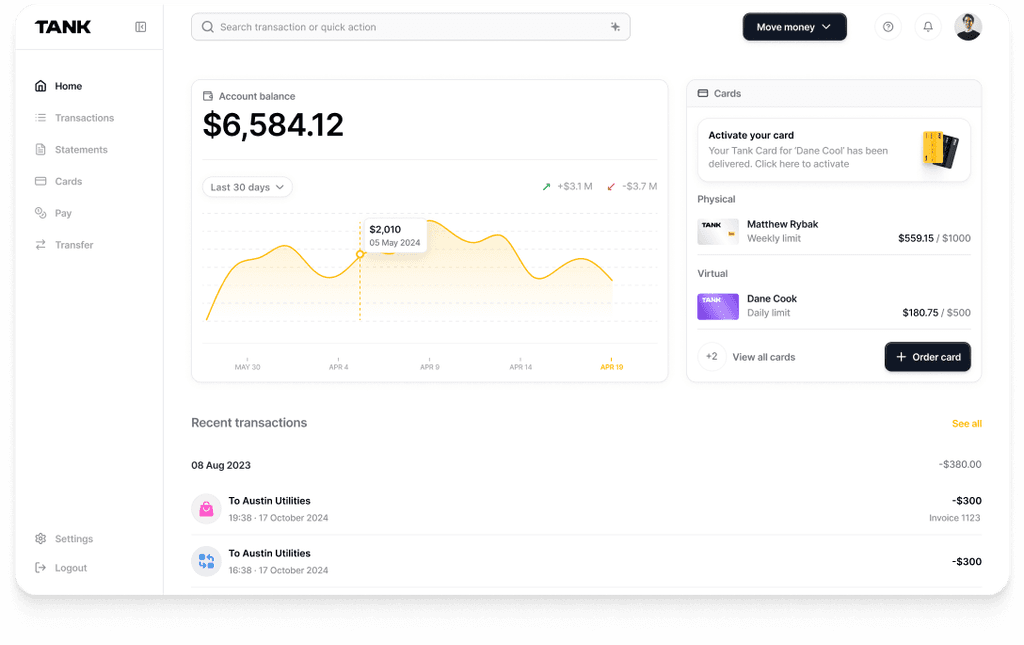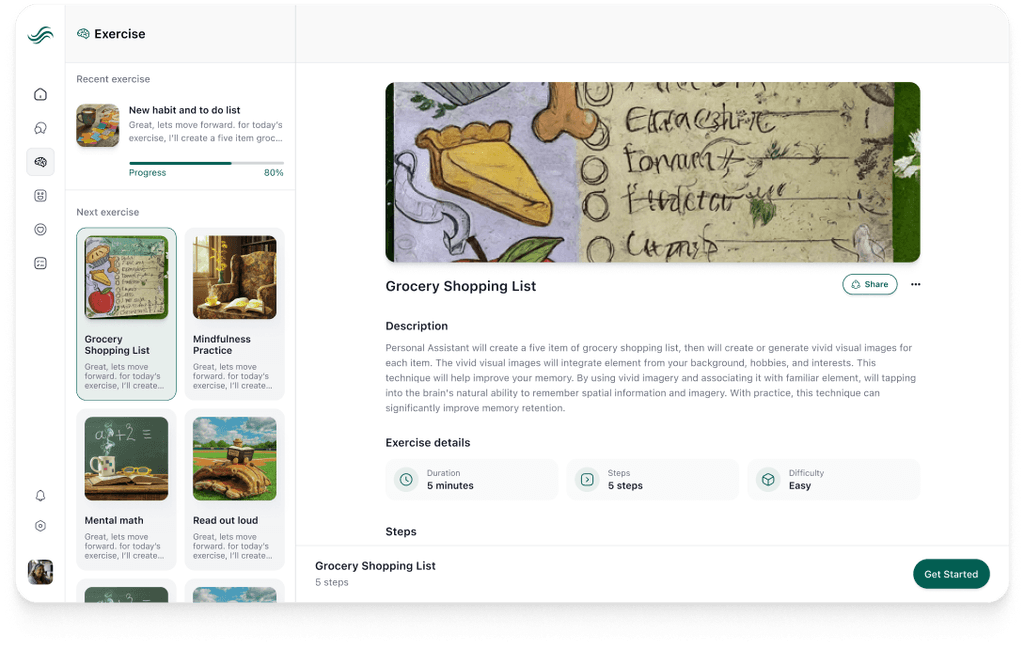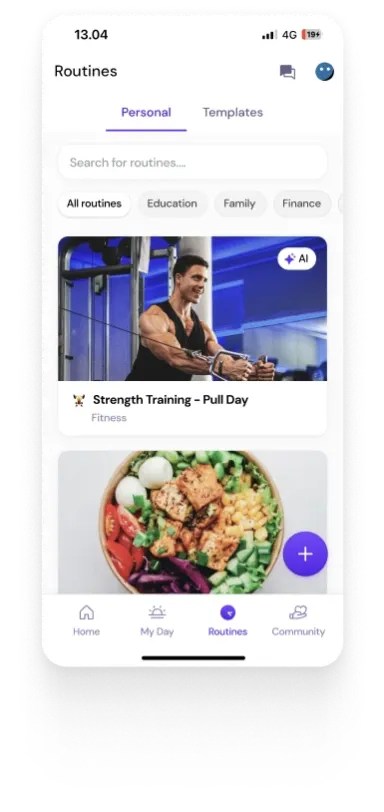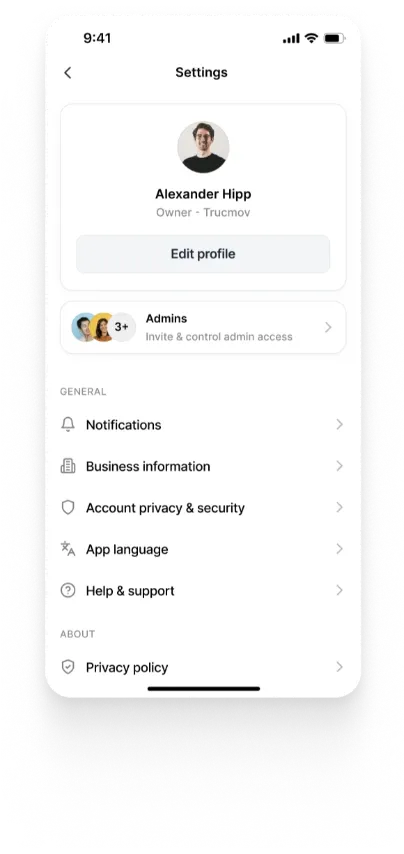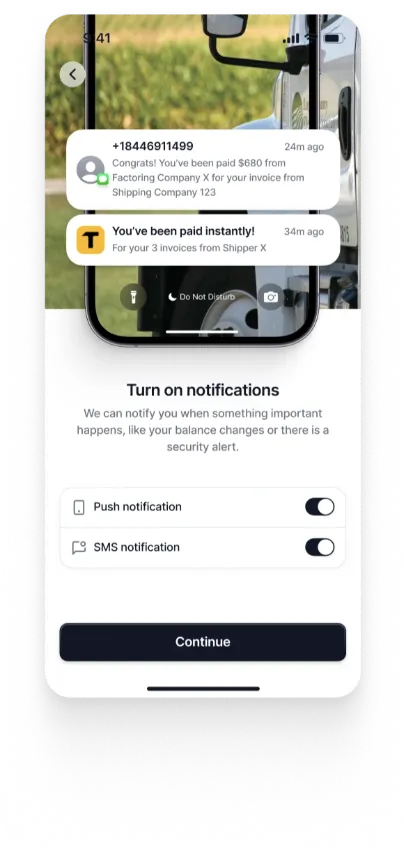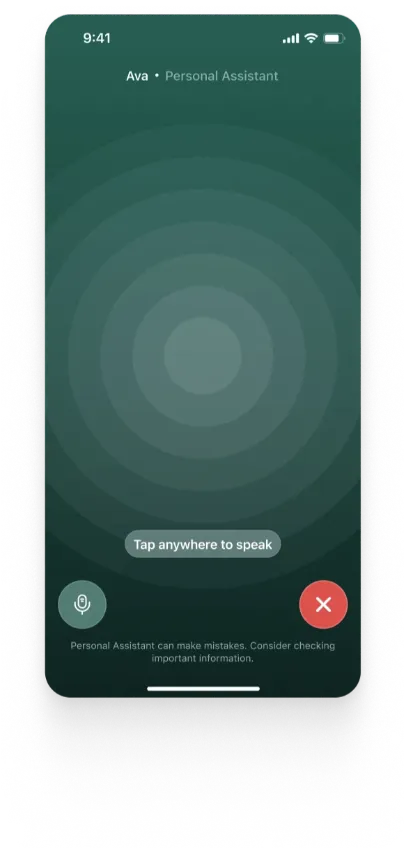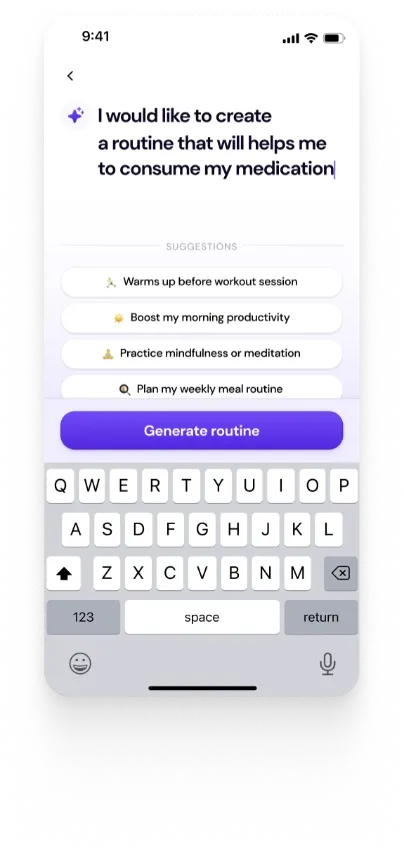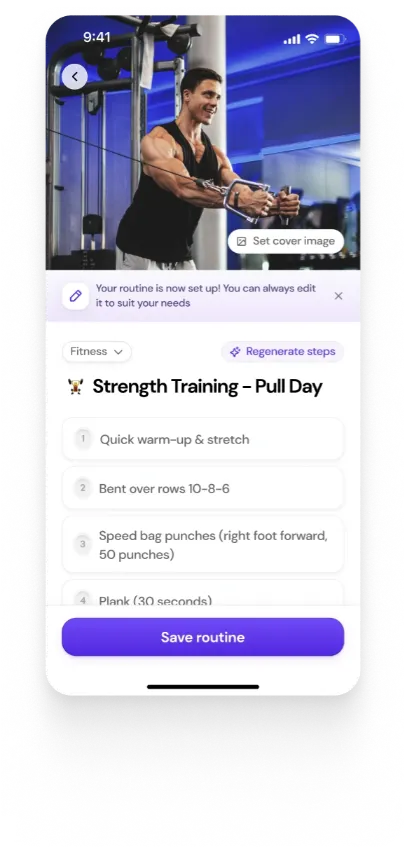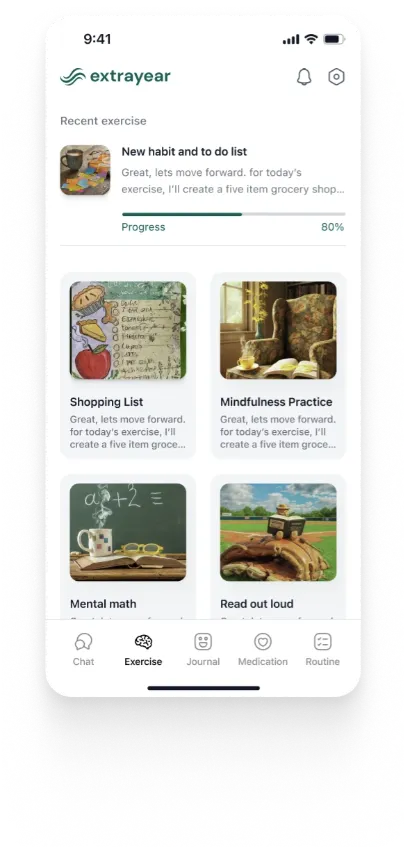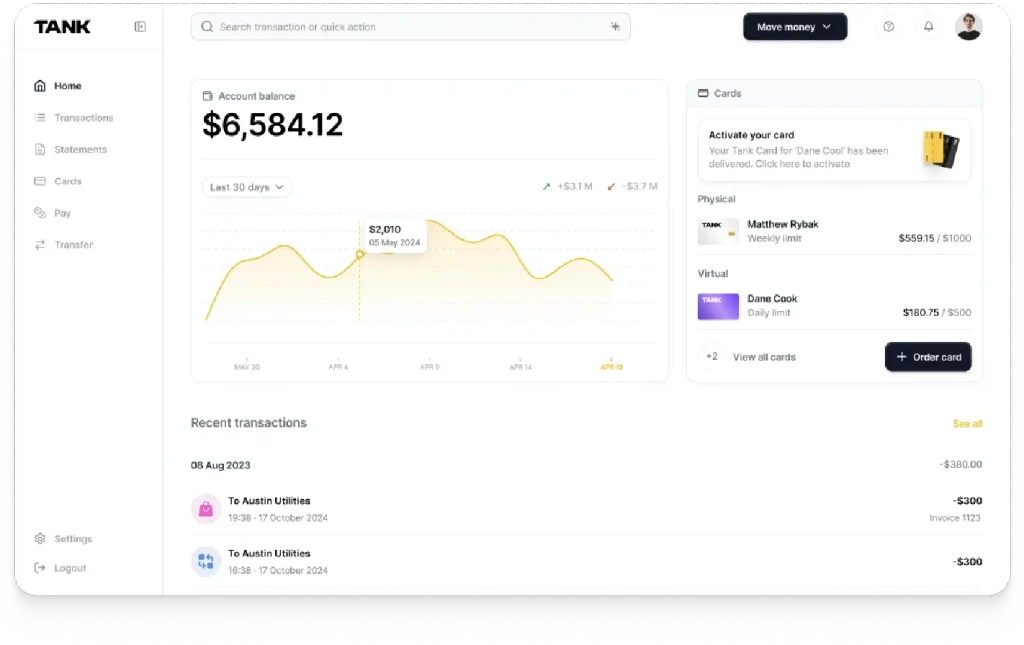Beyond Prototypes: The Rise of Production-Grade AI App Builders in 2025
Summary
AI app builders in 2025 now generate deployable apps from text prompts, but most prioritize prototypes over production. Vibe Studio disrupts this trend with full-stack, cross-platform engineering, creating maintainable Flutter code and automating backend setup. It uniquely spans the entire development lifecycle, making it a standout among tools like Base44, V0, and DreamFlow.
Key insights:
Beyond Prototypes: Most AI builders emphasize speed and prototyping, not long-term scalability or maintainability.
Vibe Studio's Engineering Focus: Generates modular, production-ready Flutter code suitable for enterprise use.
Integrated Backend Automation: Automatically sets up Firebase backend, including auth, data, and cloud functions.
AI Debugging and Feature Embedding: Supports adding AI features like chat or summarization with minimal input.
Full Lifecycle Support: Covers prompting, coding, preview, debugging, deployment, and app store publishing.
Compliance and Developer Access: Offers SOC 2, GDPR, and editable, exportable code for full transparency and control.
Introduction
A new generation of AI-powered development platforms has transformed how software gets built. From natural-language prompts to fully deployable applications, AI App Builders have turned app creation into an accessible, near-instant process. Platforms like Base44, V0 by Vercel, DreamFlow, Lovable, and Amid all exemplify this shift, with each promising to turn text instructions into functioning products with minimal human coding.
While these tools have popularized the concept of “vibe coding,” most still focus on rapid prototyping rather than sustained engineering. They help users get an idea running, but rarely deliver the architecture that scales into production.
Vibe Studio takes on a distinctly different approach. It combines AI-driven automation with production-level engineering, generating clean, maintainable code across mobile and web platforms. Rather than a surface-level AI overlay, it acts as an entire engineering agent, capable of building, testing, deploying, and integrating backend systems in one environment.
This insight compares Vibe Studio with leading AI builders in 2025 to analyze where the platform advances the state of automated development, and why it increasingly defines the upper end of this new category.
Vibe Studio Overview
Vibe Studio is an AI App Builder that is capable of producing cross-platform apps for iOS, Android, and Web from conversational instructions. Under the hood, it writes Flutter code following best practices to ensure modularity, scalability, and long-term maintainability.
Unlike many web-first builders, Vibe Studio’s output can work directly on mobile devices due to Flutter’s cross-platform capabilities. The platform automatically configures Firebase backend services, including authentication, Firestore database, and cloud functions, so that typical app infrastructures (sign-ups, data persistence, push notifications, and more) require no manual setup.
Furthermore, every project generated via Vibe Studio remains editable, exportable, and version-controlled to promote full code ownership. Users can open Developer Mode, an integrated web IDE, to inspect or modify Dart code on the go. They can also sync directly to GitHub to ensure the generated project remains portable and auditable.
Vibe Studio extends through the entire development lifecycle: prompting, coding, backend setup, live preview, debugging, deployment, and app-store publishing. It bridges the long-standing divide between “no-code convenience” and “developer-grade output.”
Competing AI App Builders
Several notable competitors have shaped the AI-builder space. Each takes a distinct path toward simplifying software creation, yet their differences illustrate why Vibe Studio’s model is more sustainable.
1. Base44
Base44 converts text descriptions into working web apps. It automatically handles hosting, basic authentication, and data storage. The experience is frictionless for non-technical users, but its scope remains web-only. Generated applications cannot be exported as mobile builds, and customization beyond predefined components is limited. Base44’s value lies in speed rather than depth.
2. V0 by Vercel
Vercel’s V0 is an AI-assisted tool for generating front-end projects using Next.js and React. It stands out for transparency - displaying proposed pages, SQL schemas, and the stack it will use before generation. However, it is a front-end focused solution. V0 produces deployable web projects but not complete applications with backend logic. Developers view it as an accelerator for interface scaffolding rather than a substitute for full-stack engineering.
3. DreamFlow
DreamFlow, from the creators of FlutterFlow, merges UI building with AI prompting inside a browser IDE. It supports cross-platform Flutter export and allows users to deploy to Web, Android, iOS, and desktop. However, DreamFlow primarily aids rapid prototyping. While it provides drag-and-drop flexibility and AI assistance, complex logic or backend flows often require manual configuration.
4. Lovable
Lovable approaches AI development as a conversational assistant for full-stack web apps, generating React + Tailwind frontends and Supabase backends. It supports an “Agent Mode” for autonomous coding and a “Chat Mode” for interactive editing. Lovable excels at creating SaaS MVPs, dashboards, or CRUD tools but remains web-centric. For native app creation or enterprise-grade architecture, it lacks the underlying framework extensibility that Flutter provides.
5. Avid
Avid uses Flutter for mobile app generation and targets non-technical users seeking quick prototypes. Its abstraction layers hide implementation details, which helps beginners but restricts professional customization. Vibe Studio differs by exposing the code and infrastructure, combining speed with technical depth suitable for long-term scaling.
Why Vibe Studio Outperforms Competitors
1. Production-Quality Code and Architecture
Many AI app builders can generate functioning demos, but few create codebases a professional team would maintain. Vibe Studio’s disciplined architecture through top state management frameworks organizes logic, presentation, and data cleanly.
Where Base44 or Lovable may yield ad-hoc JavaScript components, Vibe Studio produces Dart code aligned with industry best practices for Flutter. Its AI feedback loops audit and refactor the generated code to reduce redundancy and improve runtime performance.
This results in applications that are not only functional but also production-grade. Teams can adopt Vibe Studio-built projects as their engineering foundation instead of rebuilding from scratch - a critical distinction for businesses moving from prototype to product.
2. Full-Stack Automation and Backend Setup
Vibe Studio’s backend automation remains one of its most defining advantages. The system configures Firebase Authentication, Firestore, and Cloud Functions automatically when a user specifies app behaviors in natural language. By using Firebase, Vibe Studio provides both transparency and scalability.
Furthermore, developers can view and edit security rules, environment variables, and API integrations directly on the platform. These credentials are stored using enterprise encryption standards and can be injected into cloud functions with minimal effort. The outcome is a backend environment that can evolve seamlessly from prototype to production without migration.
3. Embedded AI Features and Debugging
Vibe Studio differentiates itself by allowing users to not only build apps with AI but also embed AI functionality into the apps themselves. Through guided prompts, user can connect OpenAI APIs to add features such as chatbots, image generators, summarizers, or intelligent search.
The system automatically handles prompt engineering, endpoint configuration, and UI wiring. What would normally require several libraries and hundreds of lines of code can be done through one prompt. Beyond feature creation, Vibe Studio’s AI-powered debugger actively inspects build outputs, detects runtime issues, and makes optimal fixes.
4. Deployment, Publishing, and Device Coverage
Vibe Studio’s deployment process exemplifies end-to-end automation. Its Live Preview feature renders real-time builds across various device frames (mobile, tablet, desktop) instantly, allowing developers to see exactly how the interface behaves across form factors.
When ready to release, the same Flutter codebase compiles for iOS, Android, and Web. Vibe Studio’s one-click pipelines further simplify one of the most complex stage: publishing to the App Store and Google Play Store.
5. Security, Compliance, and Enterprise Reliability
Few no-code platforms are designed with enterprise compliance in mind. Vibe Studio provides options for SOC 2 Type II, GDPR, HIPAA, and more. All data within projects is encrypted end-to-end. Enterprise users can also select regional data residency to comply with jurisdictional privacy requirements.
While some competitors mention basic security scans or access rules, none match Vibe Studio’s documented compliance framework and 24-hour global support coverage. This positions Vibe Studio as an enterprise platform aligned with professional governance standards.
6. User Spectrum and Workflow Integration
Vibe Studio’s usability extends from non-technical founders to professional developers. Beginners interact through a conversational interface to receive a working prototype within minutes.
Developers, on the other hand, can drop into Developer Mode, inspect the full Flutter project, and make real-time changes to the codebase. This dual approach removes the traditional divide between “no-code” and “pro-code.”
Broader Implications
The evolution of AI builders reveals two diverging philosophies:
Prototype Platforms: Tools like Base44, Lovable, and Avid emphasize accessibility and speed, helping founders visualize an idea without engineering overhead.
Production Platforms: Platforms like Vibe Studio, which pursue engineering reliability by focusing on architecture, compliance, and integration depth.
As organizations increasingly rely on AI to accelerate digital transformation, the need for platforms that produce maintainable, transparent, and secure code will outweigh the appeal of quick demos.
Vibe Studio’s model points towards this next phase, where AI becomes a collaborative engineer rather than a design/prototype assistant. Its combination of structured generation, editable output, and automated backend creates a blueprint for sustainable AI development environments.
Conclusion
The market for AI-driven app builders is quickly expanding, but maturity levels differ widely. Base44, Lovable, and V0 have demonstrated how natural-language development can make software creation more inclusive. However, their strengths lie in ideation and speed instead of long-term engineering.
Vibe Studio defines a new benchmark by merging no-code simplicity with professional engineering rigor. It exemplifies what the next generation of AI app builders must achieve: automation without compromise, flexibility without opacity, and accessibility without technical debt. As the “vibe coding” movement evolves, platforms that align AI assistance with solid software architecture will shape the future of development.
Authors
References
“Avid | Build Mobile Apps With AI.” Avid, www.getavid.dev.
“Build Apps With AI in Minutes | Base44.” Base44, base44.com.
Lovable. lovable.dev.
Rebelo, Miguel. “The 8 Best Vibe Coding Tools in 2025.” Zapier, 6 June 2025, zapier.com/blog/best-vibe-coding-tools.
Team, Dreamflow. “Dreamflow: AI Mobile App Builder.” Dreamflow, dreamflow.app.
Vibe Studio - Build Beautiful Web and Mobile Apps. vibe-studio.ai.













